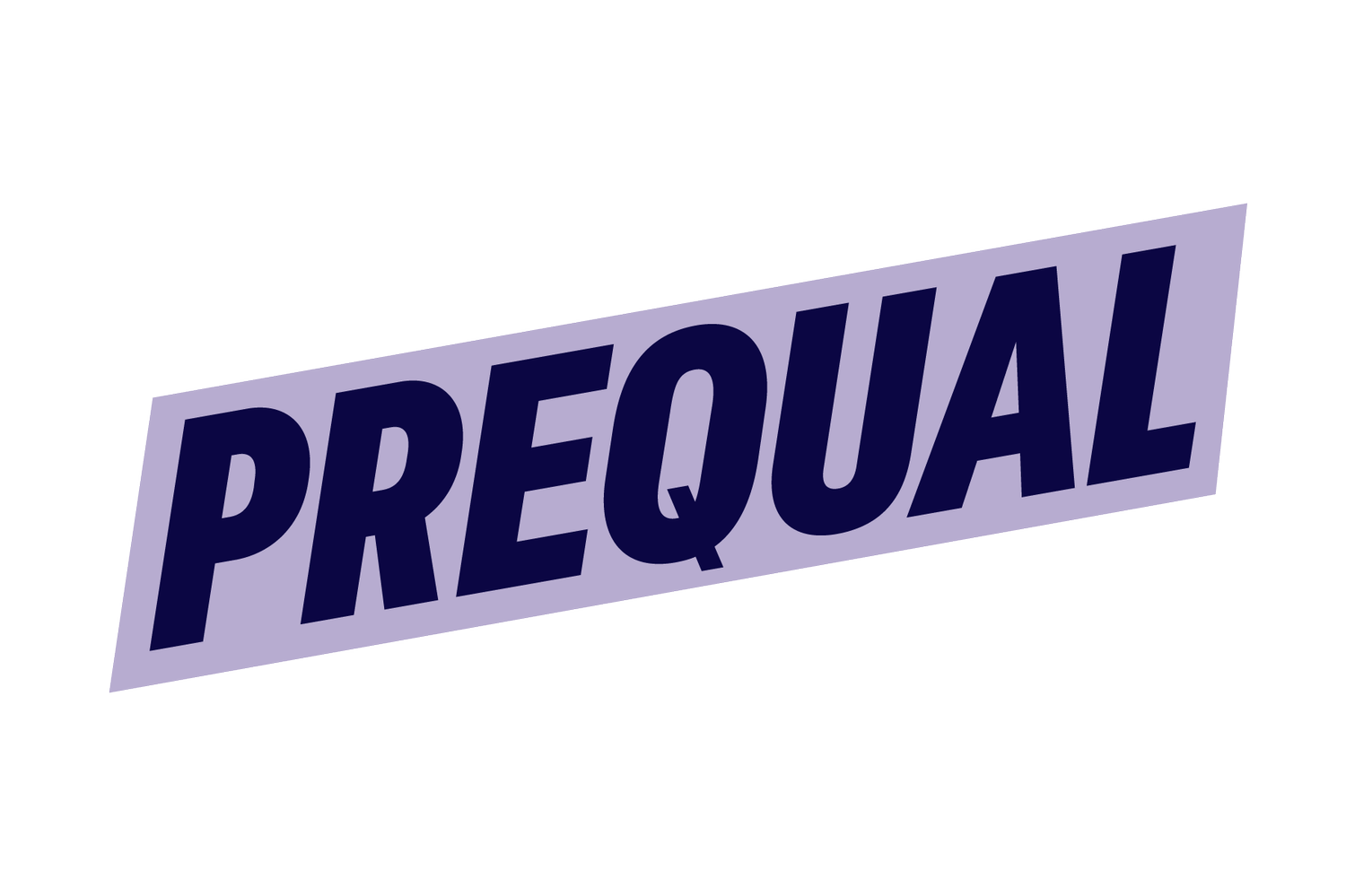The Difference Between Marketing, Business Development, and Sales
Marketing, business development, and sales often get lumped into the same bucket. Yes, they all have similar goals—to obtain, grow, and keep clients—but there are several key differences. It is important to know where you are in the marketing-to-sales pipeline so you can tailor your outreach, messaging, and content strategies for the best possible results. In this article, we explain some of the key differences between marketing, business development, and sales.
Marketing
Marketing, in short, is the process of understanding your audience so you can meet them where they are. Marketing encompasses a lot of activities and tactics and can vary from organization to organization. Marketing also involves different channels, such as digital, search engines, social media, emails, and print. By engaging in multi-channel marketing, you increase the likelihood of reaching your target audience.
The role of marketing is to identify your target audience so you can better understand and meet the needs of your ideal client or customer. When businesses are in marketing mode, messaging and positioning will be key differentiators from your competition, and a well-defined and creative content strategy is crucial.
Business Development
Once you have a solid understanding of your client base, the role of business development is to nurture relationships with the target audience and prospective clients to create the conditions ripe for a sale.
Business development involves:
Identifying prospective clients
Communicating with prospective clients
Proactively seeking new revenue streams
Staying abreast of business trends in the industry
Gathering stakeholder feedback
Facilitating CX programs
Aligning stakeholder feedback and CX findings with sales and marketing efforts
Sales
Entrepreneurs and business leaders often report that sales are their biggest challenge. For a prospect to be in sales mode, certain conditions must met. These conditions can be assessed by using a lead qualification roadmap. While there are several variations, we prefer to use a 7-factor test that consists of:
Identification: Do you know the name and company of the prospect?
Problem: Does the prospect have an identifiable problem?
Solution: Do you have a solution to this problem?
Priority: Is finding a solution to the problem a priority for the prospect?
Authorization: Who has authority to make decisions regarding sales?
Outlook: What are the expected outcomes and goals?
Resources: Does the prospect have the resources (money, personnel, etc.) to invest in the sale?
Are you in marketing, business development, or sales mode?
A network audit can help identify the people who make up your personal and professional network and assess each person’s status in the marketing-to-sales funnel. Not only can a network audit help you understand whether you are in marketing, business development, or sales mode, but it also can help segment your prospects in your network, allowing you to tailor messaging and content to their unique needs and goals.


